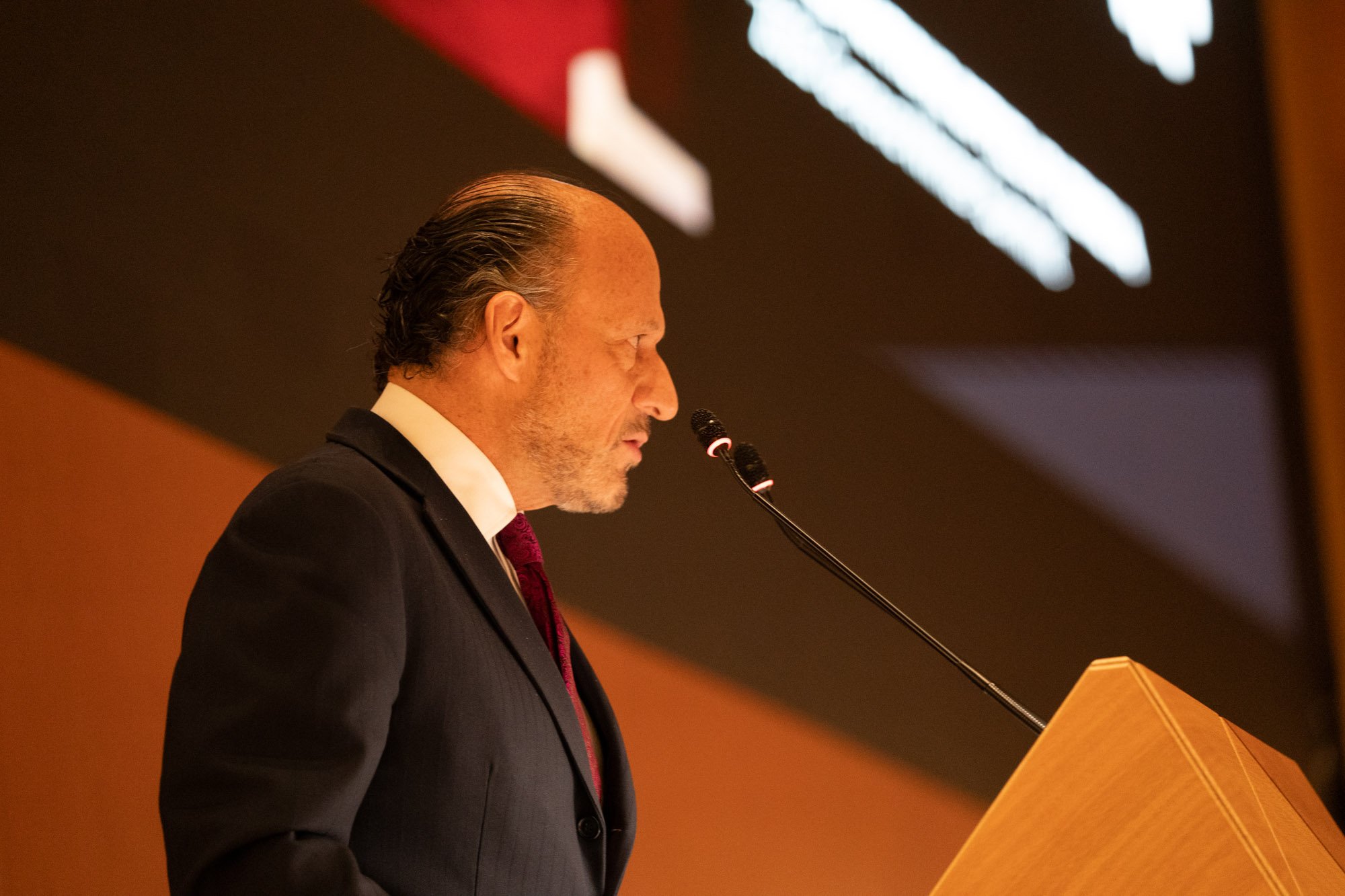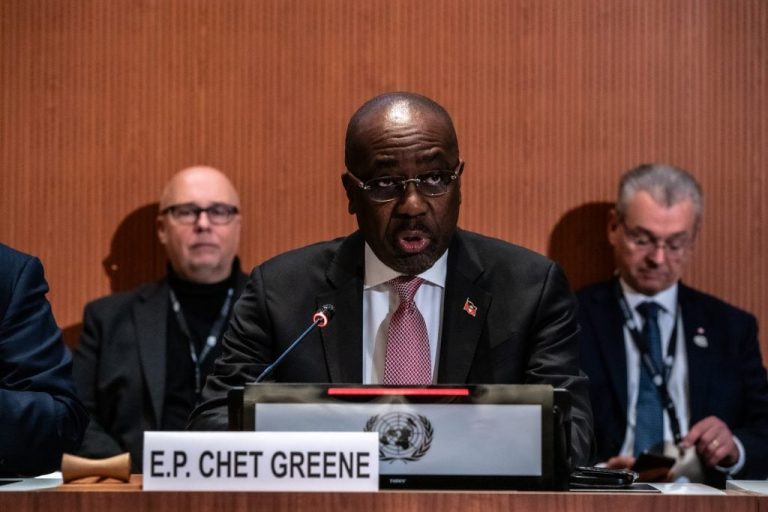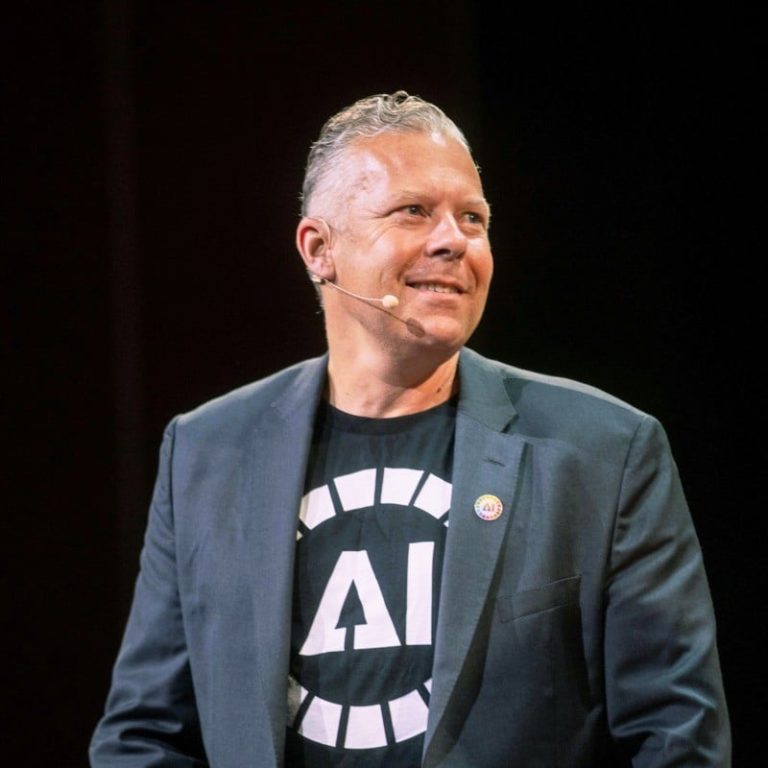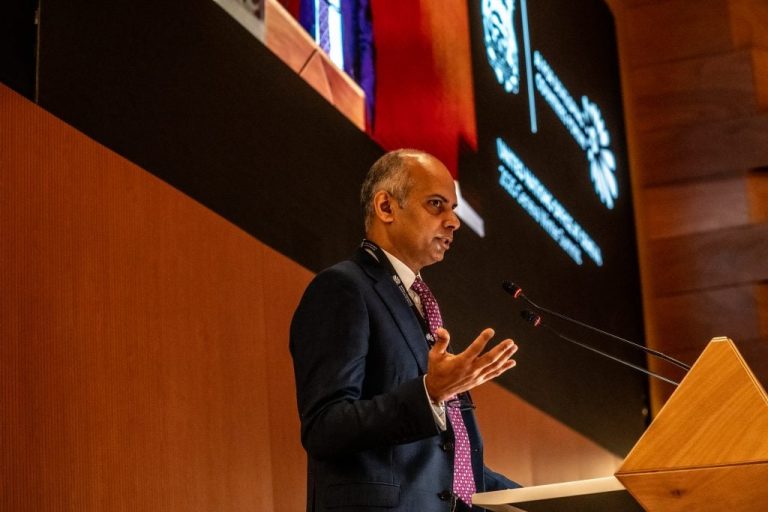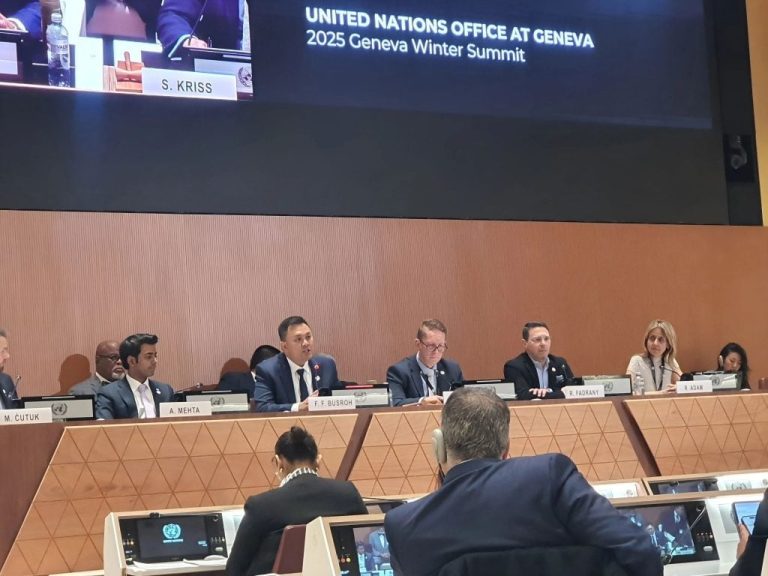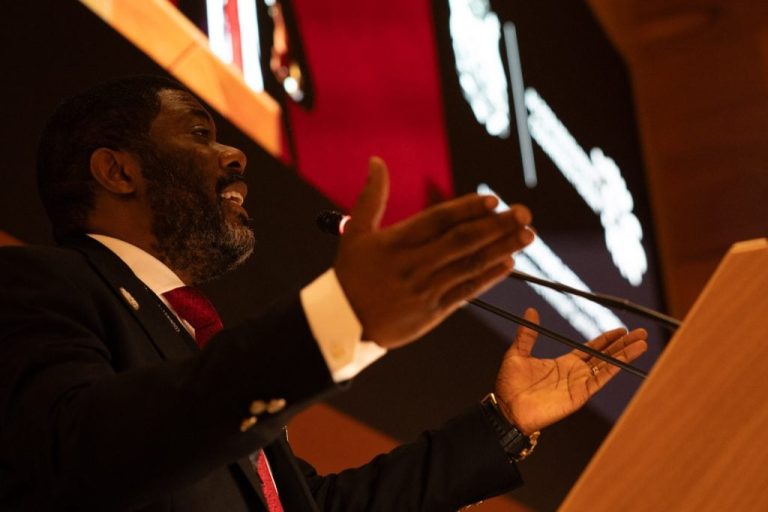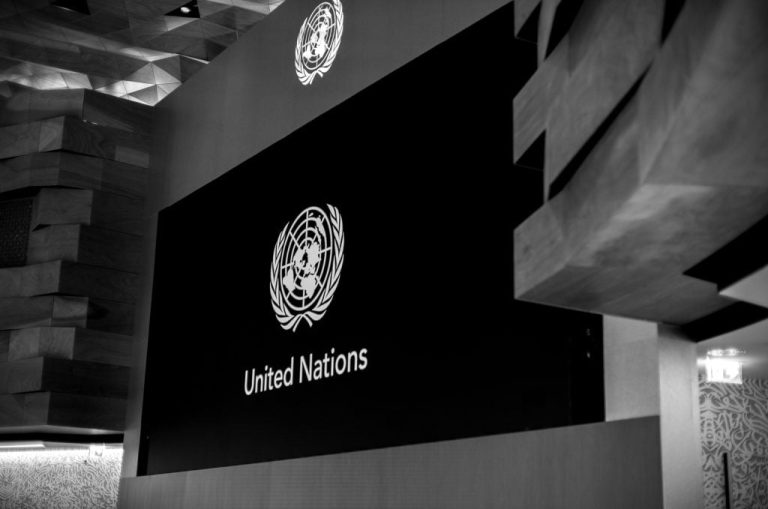Harnessing Historical Insights: How AI is Transforming Developing Nations
Good evening, everyone. I want to express my heartfelt gratitude to AIFOD for having me join this inspiring organization. A special thank you to Bernardo, Tianze, Velynne, and the entire team.
I’m sure most of you are familiar with the parable of the three stonecutters. When asked about their work, the first stonecutter responds that he is in it for the money. The second claims to be an expert. Yet, the third stonecutter offers a profoundly impactful answer: “I’m doing it because I am building a cathedral.” This conveys a critical lesson: a compelling vision shapes our endeavors, guiding us through challenges and towards our goals, whether as individuals or institutions.
AIFOD has articulated a powerful vision: Empowering the South by 2030, creating a future of inclusive digital tranquility, and enabling developing countries to navigate and participate in the ongoing AI revolution.
But the pressing question remains: How will AIFOD ascertain the progress of developing nations down this daunting path? What metrics will help us determine what each country excels at or where they fall short? How can we bridge existing gaps?
Let me share an insightful experience from the early 2000s—a large-scale digital initiative aimed at bridging the educational digital divide in Mexico. This public-private partnership project equipped nearly 190,000 classrooms nationwide with smart boards, computers, projectors, printers, speakers, and software. We even developed an IoT box to relay daily performance metrics to a central control panel, overseeing around a million devices sending millions of messages weekly through cellular and satellite connections. At its peak, this was the largest public equipment deployment ever attempted globally.
The implementation spanned nearly two years, sometimes necessitating helicopters or even donkeys to transport equipment to far-flung schools—a common hurdle in developing nations. Initially, the project aimed to address internet connectivity, but we soon discovered that less than 50% of public schools had landline phones, rendering cellular or satellite connectivity prohibitively expensive.
While the Mexican president highlighted the successes of this program at the World Economic Forum in Switzerland back in 2007, it ultimately fell short of its goals, lasting only 8 to 10 years before being replaced by a tablet initiative. Today, no digital education programs of this magnitude are operational in the country. Instead, during the COVID-19 pandemic, the government leaned on its television educational operation that dates back to 1968, given that over 90% of Mexican households own at least one television, contrasted with just 50% having internet access in rural areas.
This project, while seemingly small compared to the scope of AI’s potential, provided us with crucial insights relevant to deploying national AI programs in developing countries: the significance of building essential capabilities, ensuring continuity, adapting to technological changes, and acknowledging the diverse realities within a single nation—what I term the “20 different realities syndrome,” which involves geographical, technological, economic, and educational variations.
The paramount lesson here is to maintain a clear vision, commit to it, and keep track of progress. On April 2nd, 2024, Mexico introduced an initiative to the Senate aimed at establishing a federal law to regulate artificial intelligence; however, as of December, it has yet to be ratified.
For AIFOD to achieve its ambitious goals by 2030, I propose launching a benchmarking survey to gather insights from countries that have successfully implemented AI programs, using these lessons to guide nations that lag behind. I’ll delve deeper into this survey concept shortly. Thank you.
